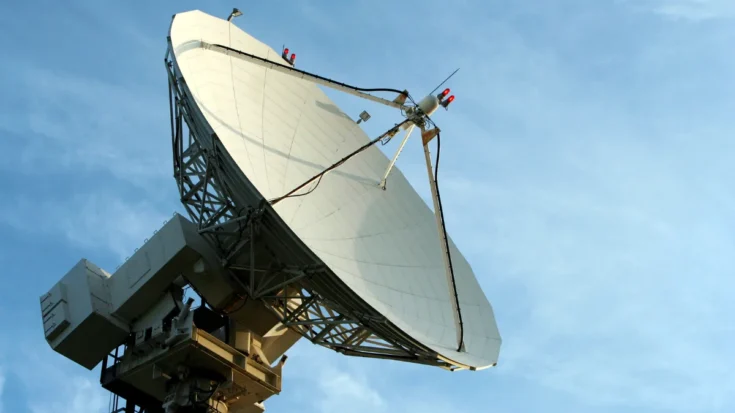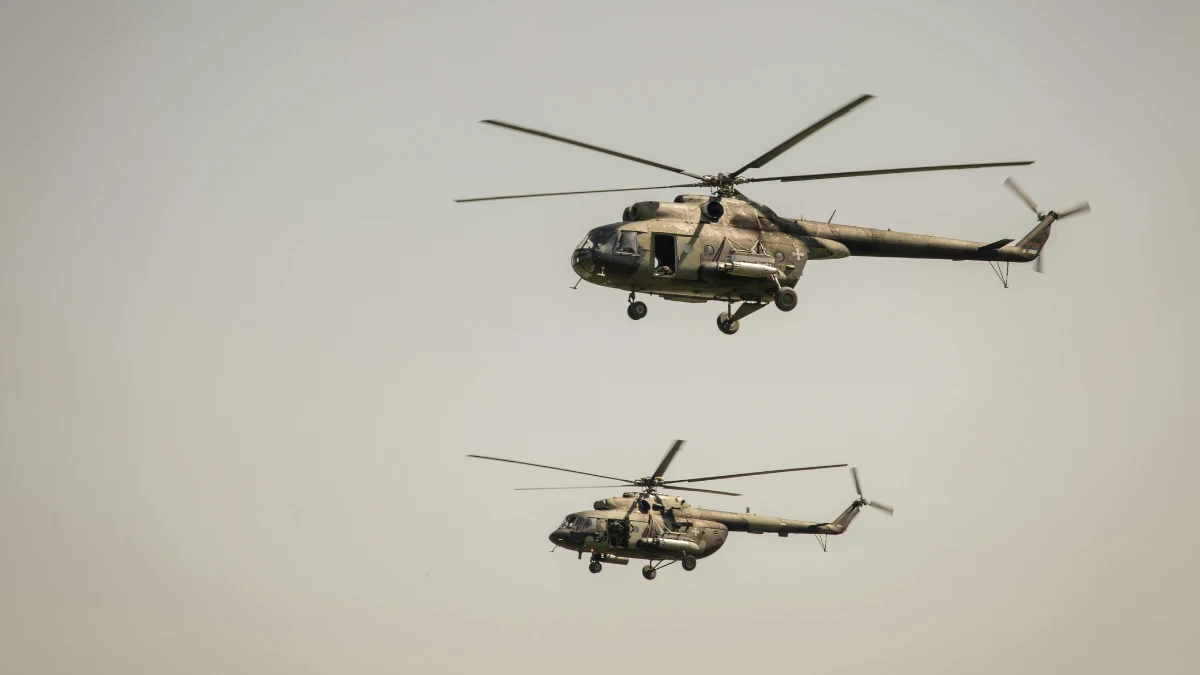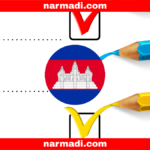Radar security in the airborne provides many benefits, especially in military security systems. However, the advantages and disadvantages of radar security in the airborne cannot be separated even though we can feel the benefits.
The advantages and disadvantages of radar security in the airborne include monitoring of large areas of airspace, drone detection, stealth technology, to environmental influence.
This article will inform you about some of the advantages and disadvantages of radar security in the airborne as your consideration.
Also Read
Table of Contents
Advantages and Disadvantages of Radar Security in the Airborne
Radar security in airborne has advantages such as monitoring large areas of airspace, drone detection, to additional security. However, there are also disadvantages such as stealth technology, vertical coverage limitation, to environmental influence. Here are the advantages and disadvantages of radar security in the airborne in detail:
Advantages of Radar Security in the Airborne

Here are some of the advantages of using radar security in airborne:
1. Monitoring large areas of airspace
One of the advantages of radar security in the airborne is that it can be used to monitor large areas of airspace, even up to thousands of kilometers, making it effective for monitoring the entire air and sea area.
2. Operation in various weather conditions
Radar in airborne surveillance does not depend on visibility or light. It can therefore operate in adverse weather conditions such as fog, rain, or snow, which visual surveillance systems cannot.
3. Drone detection
Detecting and tracking drones is another advantage of radar security in the airborne. It can avoid threats that may arise against the security of an airport or other airspace.
4. Mobility
What is different about security radar in the airborne is its mobility. It is designed with high mobility, making it easy to move and set up in different locations.
5. Cost savings
With a wide range, a few radars can be used to monitor large areas of air and sea, making it more economical and efficient.
6. Additional security
Another advantage of this radar is that it increases additional security at various locations, such as airports, national borders, and other strategic locations.
Disadvantages of Radar Security in the Airborne

Here are some of the disadvantages of using radar security in airborne:
1. Stealth technology
One of the drawbacks of being airborne is detecting stealth technology. Stealth aircraft are designed to avoid radar detection through technologies that reduce radar reflection/emission.
2. Vertical coverage limitation
Another drawback of radar security in the airborne is that many radars have a narrow vertical angle, which can lead to blind spots in vertical coverage.
3. Inaccuracy of altitude data
2D radars cannot provide accurate altitude data, while 3D radars have some advantages in this regard, says Halo Robotics.
4. Environmental influence
Another drawback of these radars is that the maximum range of the radar is affected by location, obstacles, terrain, and curvature of the earth, which can reduce its effectiveness.
Those are the advantages and disadvantages of radar security in the airborne that you need to know. When you choose radar security in airborne you can feel all the advantages from monitoring large areas of airspace, and drone detection, to additional security.
However, don’t forget to make a consideration of the disadvantages which are stealth technology, vertical coverage limitation, to environmental influence.
Another thing to note is that radar security in airborne on the market uses LoRaWAN technology, this technology must pass the certification test from the Directorate General of Digital Infrastructure (DJID).
With DJID certification, users can feel calm about using radar security in the airborne device whose quality and security are guaranteed. For manufacturers or importers of radar security in airborne devices, obtaining certification from DJID is a mandatory step before the device can be officially marketed in Indonesia.
To simplify the certification process, you can use Type Approval Certification Services for ICT Products are available to assist with this process as a reliable solution.











